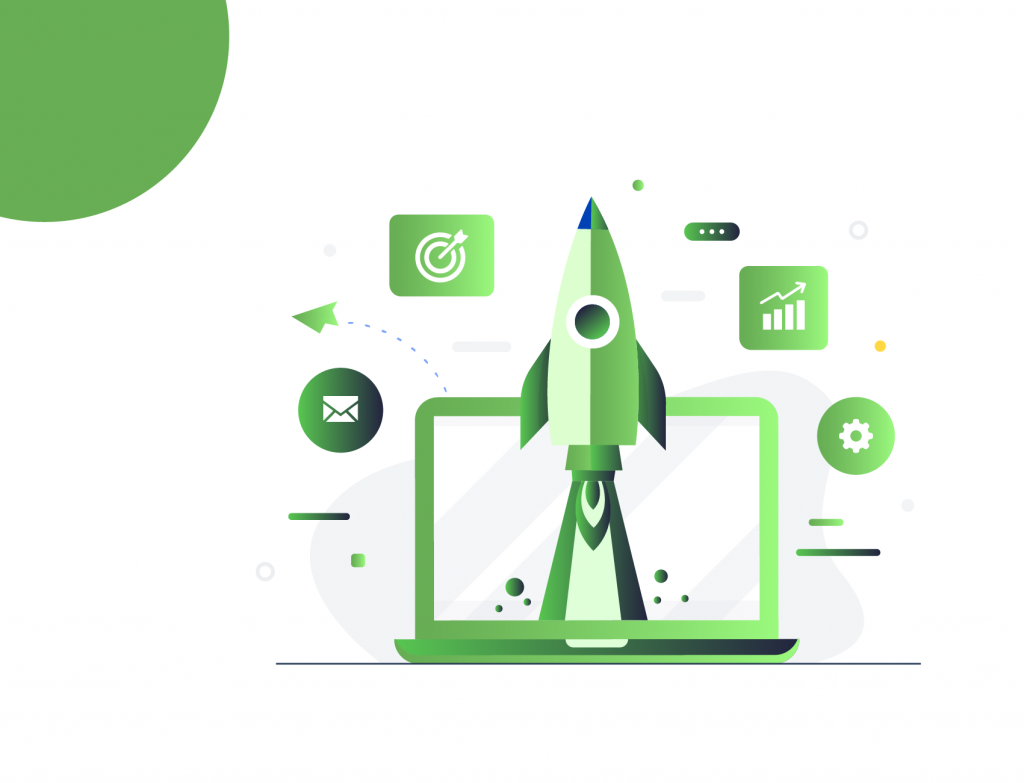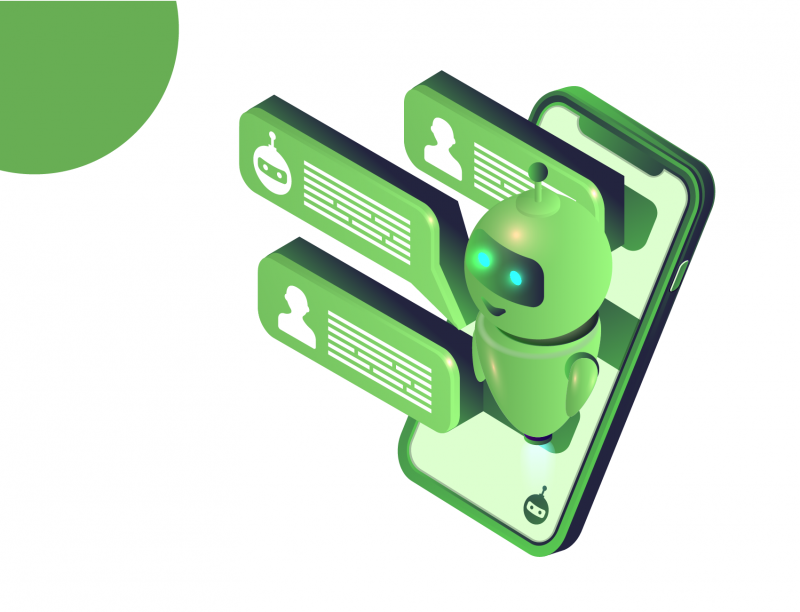Nowadays it’s hard even to imagine someone without a smartphone. Right, gadgets have become an essential part of modern life. Every day smart devices help us to solve business issues on a global level, to contact our family, schedule weekend trips, count gym exercises, and much more.
A quarantine is what made the demand for gadgets increase dramatically. Just think how many spheres and areas (from education to healthcare) go online now. And we all are studying to solve our issues mostly online with handy applications. People and companies have to choose between iOS and Android app development and the core problem here is that it is not always clear how efficient the choice can be and whether the app, deployed on a particular platform, will satisfy your needs.
In this post, we will discuss Android app development, its operating system, and the gadgets based on it that are launched around the world. Let’s define the benefits of Android app development, its possible pitfalls, and why it looks profitable for businesses.
Contents
What is Android App Development?
We all know Android as a successful open-source mobile operating system. Its development process looks simplified and it has a huge user base worldwide.
Android-based products are used to achieve personal and corporate goals because Android apps meet customer goals and increase business value.
Android absorbs about 80% market share for all mobile OS. It steadily expands the geographic and demographic range of its users. In 2019, the number of active Android devices was 2.5 billion worldwide.

What are the roots?
It seems that the era without smartphones was just a few years ago. It was the beginning of the 2000s, 2006 to be precise. That was a time when Windows, Blackberry, and Symbian had been creating pocket PCs. They were quite unattractive and unfriendly.
The smartphones of that period were focused strictly on productivity. The usability was not considered at all. The software and hardware providers were thinking about how to fit more into such a tiny device.
We already knew about browsers, emails, Microsoft Word, Twitter, and many more useful programs and features. However, everything worked slow and uncertain. Users still were sitting down at their full-size PCs for tasks that took longer than five minutes.
When the first Android joined the mobile market, touch screens became something new and unexplored. Those devices had GPS, web-page zooming, Google integration, and some more outstanding features. The authors of the new device strived to create and distribute unique services that would connect users to the web. That was the birth of the new generation of smart mobile devices.
The Elements of the Native Android App Development
The Android development starter pack contains the following elements:
SDK
A SDK literally means Software Development Kit. It contains a set of tools including essential docs, frameworks, libraries, profilers, emulators, debuggers, etc. Android SDK is included in Android Studio. However, if you need to utilize another IDE, it is possible to download it separately.
IDE
IDE is an Integrated Development Environment. It is possible to use a regular text editor or command line for writing Android apps but the common way is to apply an IDE. It integrates all SDK tools and helps to manage them in a more convenient manner. The official Android IDE is Android Studio.
Programming languages
Android programming provides two official languages – Java and Kotlin. Among the alternatives, you can find C and C++. You may also use some third-party tools that allow creating native Android apps using Ruboto (Ruby) or Kivy (Python). It is worth remembering that unofficial solutions often lag behind in terms of updates.
Libraries
Libraries are snippets of pre-written code that automate a coder’s job. They are widely used for all kinds of tasks. The most popular Android libraries are:
- GSON – to serialize/deserialize Java objects to communicate with APIs.
- EventBus – to maintain communication between different app elements.
- Retrofit – to organize API.
Plugins
Android developers need plugins for the augmentation of each software tool (IDE).

What Are the Benefits of Android Development?
Android is always compared to Apple, this is their fate, from which they can not get away. Let’s analyze the basic aspects of Android development and define where Android beats iOS.
1. The independence of hardware
Android development is run on Java. It makes the process cross-platform. Android development tools such as Android studio, Fabric, Eclipse, and others can be used and downloaded on Windows, macOS, and Linux. In order to build an iOS app, you will require a Mac or a virtual machine.
2. A plain app acceptance process
Google and Apple have different approaches towards quality assurance. You probably know that Apple App Store is very selective about its published apps, it evaluates apps more stringently (that makes the apps approval process demanding and tedious). The review system in Google favors almost everyone. Google is open to new content that allows releasing an MVP or an early version of an app to gather feedback faster.
3. Learning resources
Google provides developers with its own Android dev training for beginners and experienced engineers. The well-structured materials are accompanied by animations, graphics, interactive exercises, and video explanations. There are three streams included in the training program: Android fundamentals, Kotlin boot camp, and native apps with Flutter.
Android developers may also get an official Google Developers Certification.
4. Java and Kotlin
These two officially supported programming languages in Android are really popular.
Java is an object-oriented and cross-platform language known all over the globe. You may find it everywhere: desktop, web, or mobile products can be powered by this language. Java allows easy finding skilled Android developers on the market.
Another highly-praised technology is Kotlin. This new coding approach based on Java takes all the complexity and verbosity from Java, making the process of app writing faster and pleasant.
5. Flutter
This free Software Development Kit allows Android developers to write native apps using a single codebase. Google proposes its own approach to the write-once-run-anywhere programming style.
There are some interesting features in Flutter that make Android development easier and smoother. For example, a built-in Material Design library. It eliminates the need to write UI code if you simply want to reach the standard Google look and feel.
Flutter is integrated with Android Studio and IntelliJ. You may also use the existing Java code, therefore the native apps can be easily transported into the Flutter environment.
6. Instant Apps
In 2017, Google introduced Instant Apps – native applications that can be launched without downloading directly from Google Play .
These are available, faster, and engaging apps that can give access to the limited functionality of the full service or give users a preview of the paid app.
Instant Apps increase engagement and can be launched via a link. They don’t cost users anything and provide them with another entry point. The building process is also easy. You just write a regular app and simply make a few configurations to adjust the user experience during publishing.
7. More than just a way to develop a mobile app
Google has two headsets – the cheap Cardboard and the serious Daydream. You may develop applications for these devices using the same Android Studio and Android SDK.
Android development doesn’t stop there, allowing its users to enjoy the same toolset to create apps for different products. The ecosystem includes:
- Android TV
- Android Things
- Wear OS
- Android Auto
- Chrome OS devices
What Are the Drawbacks of Android Development?
Android development has some evident cons as well. Let’s see what they are.
1. Android users’ habits in terms of spending
It’s not a secret that users who prefer Apple devices spend more on their apps than Android users. This does not only concern app downloads, but also in-app purchases.
There are many reasons for that, including the following:
- Numerous Google Play apps have alternatives for paid or freemium programs. Therefore, users can find more free apps similar to the paid ones.
- Demographics issues. Android is popular in lower-income countries while Apple users are typically located in North America, North Europe, and Australia.
- Many Android applications have enough bugs because of the big number of devices and active users of older operating systems on the market. So, Android developers need to spend more time on thorough testing.
2. Security
Although Google constantly releases security patches, malware and hacks target millions of Android fans almost weekly.
Most users have no habit of updating their phones regularly. It means that app developers often have to take care of user data. They run complex encryption, including additional security functionality.
3. OS adoption
The range of operating systems is large. One of the challenges relates to app customization. Most Android devices are still running on operating systems from 2014-2016 (Lollipop, Marshmallow, and Nougat).
Another problem comes from the original equipment manufacturers that create their own skins. So devices running on the same Android version look so different.
4. Device fragmentation
Mobile manufacturers are still manageable in comparison with the number of devices they release. Each solution has its own screen size, performance issues, sensors, and graphics drivers.
There are two solutions in the device fragmentation issue that product owners may apply: limiting the number of supported devices and systems to a manageable maximum or lowering the app quality.
5. Copyright issues
As we’ve mentioned above, Google takes less time checking and accepting apps to Google Play. It means that you can release your MVP way easier (compared to App Store). However, this is not only about advantages.
Google doesn’t practice copyright or patent checks. So you can simply post a program with content or features already used in another product. Additionally, Google Play can release an app that will repeat your unique solutions.
Conclusion
Compared to iOS, Android app development has many complexities. However, Android apps and devices are continuing to spread and dominate the world.
Modern Android solutions have gradual deployment, diverse markets, and flexible rules for product approval. They provide real SEO benefits.
Android app development is expected to grow in the near future. The problems will also grow, but you will be able to find ways to prevent or minimize them. Hopefully, this post has provided you with the core facts about the pros and cons of Android development.





